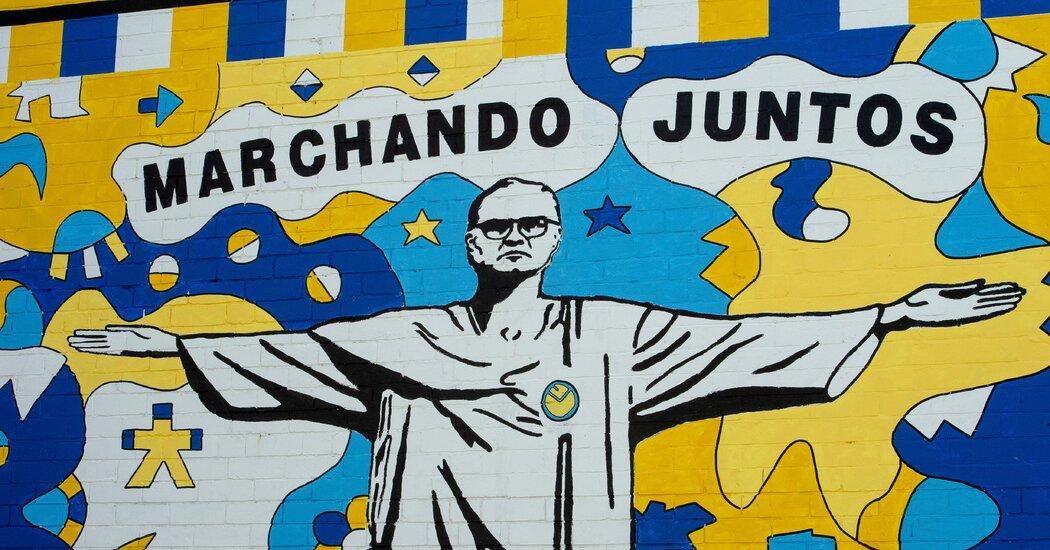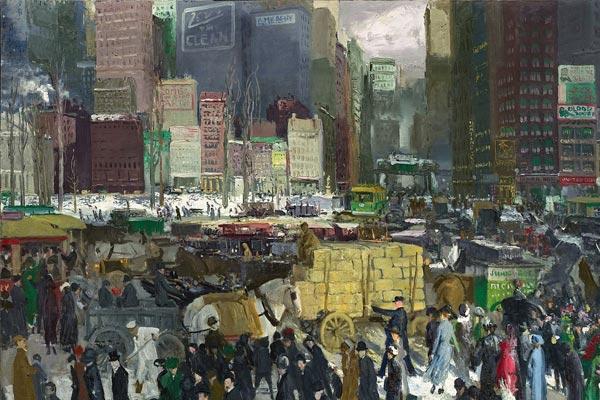Out on the Burley Road, where the last vestiges of the city of Leeds slowly dissolve into the Yorkshire countryside, there is a barn in the middle of a field. It stands there, alone, the size of a garden shed, in a patch of land demarcating the boundary between a pet grooming salon and a dog park.


For a long time, it was about as unremarkable as any structure can be. A barn, in a field, in a part of the world where there are a lot of barns and a lot of fields. And then one day, a year ago or so, it changed. One side, the side that faces you as you head down the hill, was suddenly covered with a striking, monochrome mural of Marcelo Bielsa.
What caught the eye most, perhaps, was the incongruity between the work and its location. Bielsa’s face, solemn and bespectacled, emerging out of nowhere, watching over all he surveyed — which, in this case, amounted to a succession of dogs at varying stages of cleanliness — gave it the air of a border post, a territorial marker. This field was Bielsa country, it proclaimed.
